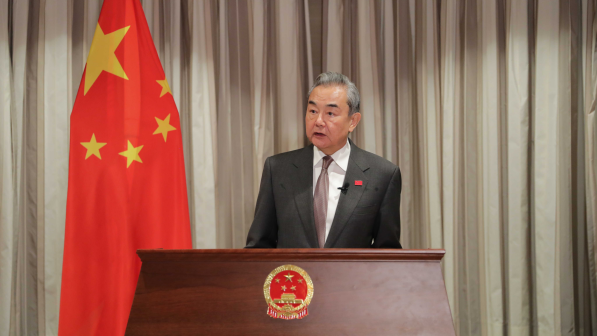Over 500,000 Displaced Palestinians Return to Northern Gaza Amid Ceasefire
In a significant development, over 500,000 displaced Palestinians have returned to northern Gaza in the past 72 hours, according to the Hamas-run media office on Wednesday. This mass return follows a ceasefire agreement between Israel and Hamas that has paused 15 months of intense fighting.
\"More than half a million displaced Palestinians have returned in the past 72 hours from the southern and central governorates to Gaza and northern governorates via Al-Rashid and Salah Al-Din roads,\" the media office stated.
The reopening of main roads and easing of restrictions have facilitated the movement of people back to their homes in the north. Israel began allowing displaced individuals to return to the northern Gaza Strip on Monday, signaling a potential de-escalation in the prolonged conflict. The ceasefire agreement has brought cautious optimism among residents and international observers hoping for lasting peace in the region.
In a related development, Hamas's armed wing, the Al-Qassam Brigades, announced it would release three Israeli detainees on Thursday. Israeli public radio reported that in exchange, Israel would free 110 Palestinian prisoners. This prisoner exchange is seen as a positive step towards rebuilding trust between the two sides.
Meanwhile, Gaza's health authorities reported that hospitals received 63 bodies in the past 24 hours. The fatalities include 59 individuals recovered from rubble, two who succumbed to injuries, and two new fatalities. Since October 7, 2023, the death toll has reached 47,417, with 111,571 people injured, according to the authorities.
The return of displaced Palestinians and the prisoner exchange are significant developments that may influence the geopolitical dynamics of the Middle East. Stakeholders worldwide are closely monitoring the situation, considering its implications for regional stability and humanitarian relief efforts.
Reference(s):
cgtn.com




